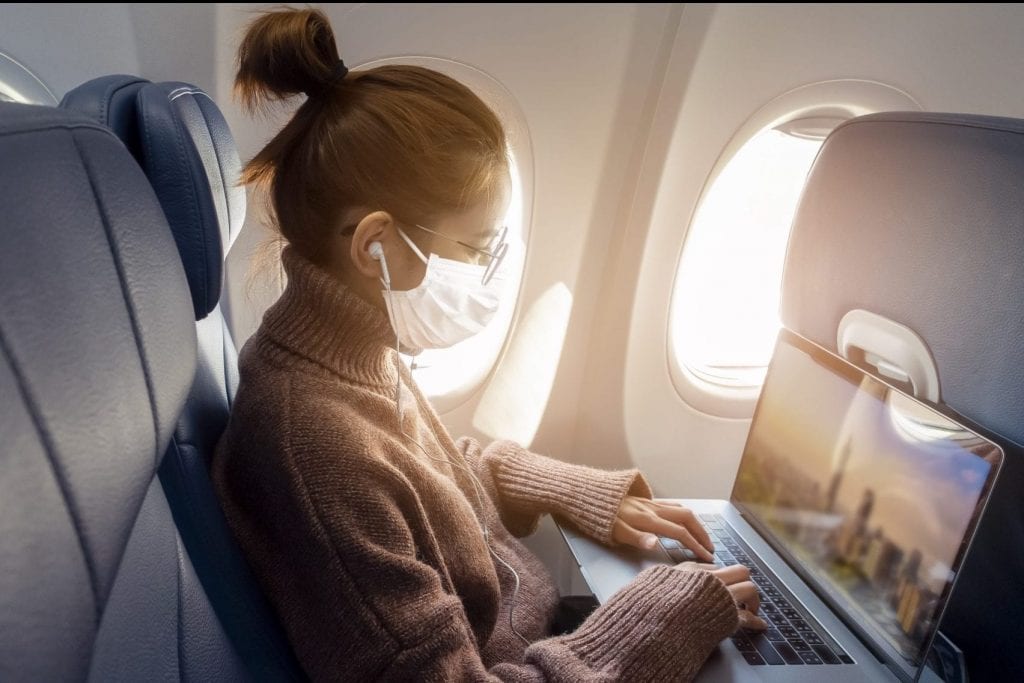Skift Take
Travel bubbles were created to reinvigorate travel, but airlines will need to walk a fine line between pent-up demand and pricing to ensure a steady revival.
Thanks to travel bubbles, corridors and growing numbers of pre-flight testing schemes, airlines are gradually winding their operations back up. There's a double dose of optimism with recent vaccine breakthroughs, too.
Things are looking up, but the next obstacle for their corporate customers will be to navigate rising airfares, particularly for long-haul flights in premium cabins.
Destinations such as Singapore and Hong Kong are among several striking reciprocal deals — and airfares are already spiking before the travel bubble officially opens. According to the Straits Times, they've already risen up to 40 percent, citing one passenger who had to pay an extra $640 to move a previous booking to December.
"We’re seeing high prices, and the airlines are having to manage demand carefully," said Adam Knights, regional managing director, UK, Europe and Middle East, at corporate travel agency ATPI. "Prices will go up quite significantly in the short term, because demand will outstrip initial supply."
Accrued Demand
While most domestic and intra-regional economy fares tend
